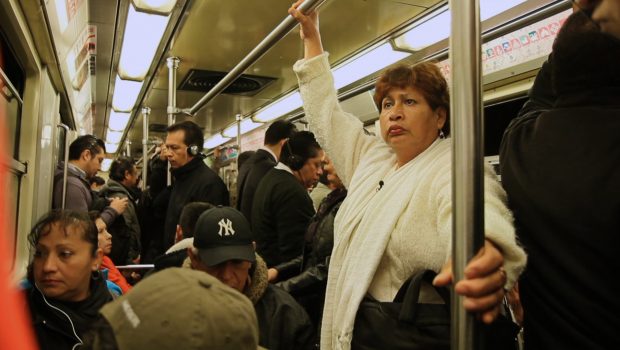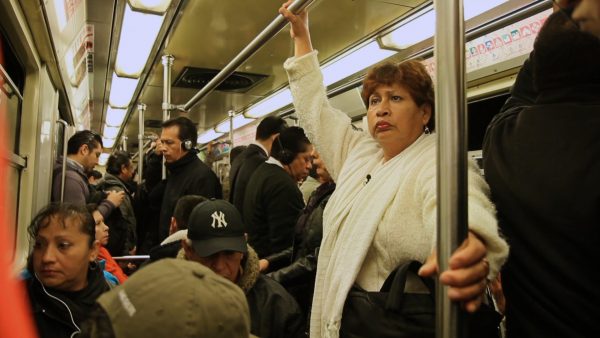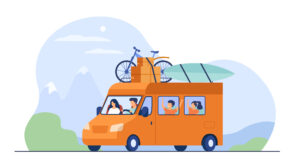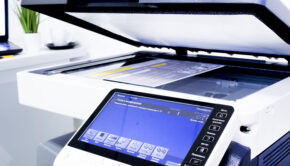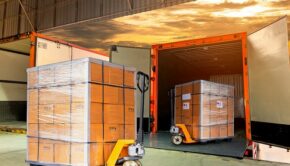Public Transportation Solutions for a Gridlocked America
Trains, planes, and mostly automobiles is what America runs on. Not buses or multi-passenger vehicles, but personal use vehicle that usually drives one person and uses more fuel than necessary. Public transportation could alleviate a lot of the environmental costs of transportation in America, but many people won’t want to give up their cars.
It’s the freedom of the thing. One person hops in a car and goes wherever the heck they want. Across the country, to the beach, the possibilities are only limited by how much gas they can afford. If you can’t drive to your house, you likely live in a highly unusual location; in a fly-in town hidden deep in the Alaskan wilderness or on a literal island. But public transport is great. It reduces transportation costs and allows poor Americans a larger range of freedom (which can be critical for low-income areas without job opportunities). Unfortunately, Americans don’t want to make the switch to trains or boats, so they will be stuck with their old favorite, the automobile, for quite a bit longer — especially since most current infrastructure is built around it.
Luckily, the self-driving car and the self-driving Uber can help make the shift from individual car of fume-pumping doom to a shared commodity wandering the highways for passengers to pick up.
The How
Shared Cars
A sharing society is fairly normal for many millennials without the ability or want to make a purchase with a diminishing equity. Shared car services like Uber and Lyft already exist to serve many underserved public transport areas (and those who do not want to wait for a bus). It’s already a regular thing to rent a suit when you have an event, rent a house for a month on the AirBnB, use someone’s time with Taskrabbit, or ask for money on Kickstarter. Shared cars would be the first step to taking personal automobiles out as the primary way of transportation in America, and it wouldn’t be a difficult transition. But going back to buses wouldn’t be the most immediate way; people don’t love being with other people.
Electric Self Drivers
You wouldn’t trust some random with your car, and it wouldn’t be fun or convenient to drop off your shared automobile when you are done using it. But if it could take itself where it is needed when your done and if you could know that it likely wouldn’t crash, it wouldn’t be half bad. Luckily cars are becoming more digital, meaning that a self-driving hook up isn’t the far fetched dream it used to be. If functional, it could even save lives if it went off perfectly. One person dies every three minutes from a car accident in America. Even bus and train accidents are mostly caused by personal automobiles! But with our current infrastructure, it would be hard to convince rural Americans to give up their independence, and some people would need the option of independent transport and could take the risk, driving safely. Self-driving cars would be a huge part of convincing Americans to take up the “public,” shared transportation that could save their lives. Plus, with the cost of purchase out their hands, transitioning to a cleaner car could be accomplished easier.
Would People Want to Shift?
Self-driving, shared cars would be one of the easiest ways for America to reduce preventable deaths and convert to a greener form of transportation. Transport is important, freedom is important, and it would offer a solution that would not eliminate either. Plus, with the innovation offered from the Microsoft-Baidu mashup, it could be beta tested over seas to comfort people who are scared of taking their hands off the wheel. Making the switch would be a smart choice, and if proved effective and cheap, Americans might take it.

